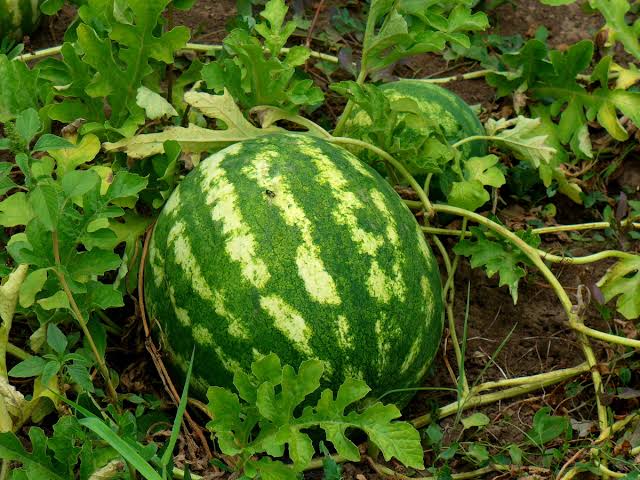Few fruits capture the essence of summer quite like watermelon. Juicy, refreshing, and naturally sweet, it’s a seasonal favorite in the United States, the United Kingdom, and Canada. But did you know that learning how to plant watermelon can completely transform your outdoor space?In this guide, we’ll show you 🍴 discover how how to plant watermelon can change your space – try it today! From planting techniques to care tips, you’ll see how this vibrant fruit not only fills your garden with beauty but also rewards you with mouthwatering harvests.H2: Why Plant Watermelon in Your Garden?H3: Aesthetic AppealWatermelon vines spread widely, creating a lush, green carpet across your garden. The sprawling leaves and cheerful yellow blossoms add natural charm.H3: Practical RewardsBeyond aesthetics, growing watermelon gives you access to fresh, organic fruit straight from your backyard. Nothing beats the satisfaction of cutting into a melon you’ve nurtured yourself.H3: Space TransformationEven small gardens, patios, or raised beds can become lively and productive spaces with a watermelon patch. Vertical trellises also allow compact growing, turning walls and corners into thriving green areas.H2: How to Plant Watermelon – Step by StepH3: Choose the Right VarietySugar Baby: Small, sweet, perfect for limited space.Crimson Sweet: Classic variety with juicy red flesh.Mini Love: Ideal for containers and compact gardens.H3: Pick the Best LocationWatermelon thrives in full sun and needs at least 6–8 hours of direct sunlight daily. Select a spot with plenty of warmth and space for vines to spread.H3: Prepare the SoilRich, sandy loam soil is ideal.pH level: Between 6.0 and 6.8.Mix in compost or aged manure to boost fertility.H3: Planting SeedsSow seeds directly outdoors once the soil temperature reaches 70°F (21°C).Plant 3–4 seeds per hill, about 1 inch deep.Space hills 3–6 feet apart to allow proper vine growth.H3: Watering and CareKeep soil consistently moist, especially during early growth.Reduce watering slightly once fruit starts maturing to concentrate sweetness.Mulch around the plants to retain moisture and reduce weeds.H3: Supporting GrowthTrain vines along trellises or supports if space is limited. For large fruits, use netting or slings to hold them securely.H2: How Planting Watermelon Changes Your SpaceH3: Adds Vibrancy and GreeneryWatermelon vines act like natural ground cover, instantly greening up bare patches of soil.H3: Creates a Family ActivityGardening with watermelon is fun for kids and adults alike. Watching the vines grow and harvesting together builds memories.H3: Encourages SustainabilityGrowing your own watermelon reduces food miles and promotes self-sufficiency, making your space eco-friendly and productive.H2: Practical Tips for SuccessStart indoors in colder climates (like Canada or northern UK) to get a head start.Hand-pollinate flowers if bees are scarce to ensure fruit sets.Rotate crops yearly to prevent soil-borne diseases.Harvest at the right time: Look for a yellow spot on the underside and a hollow sound when tapped.H2: Common Mistakes to AvoidOverwatering: Can cause fruit to split or lose sweetness.Crowding plants: Leads to weak vines and poor airflow.Harvesting too early: Watermelons don’t ripen after being picked, so timing is crucial.ConclusionIf you’ve ever dreamed of turning your outdoor space into a vibrant, fruitful oasis, watermelon is the perfect plant to start with. Not only do its sprawling vines add lush greenery, but the reward of homegrown fruit makes the effort worthwhile.With this guide, you now know 🍴 discover how how to plant watermelon can change your space – try it today! Whether you’re in the US, UK, or Canada, planting watermelon is both achievable and rewarding. All it takes is sunlight, space, and a little care to transform your garden into a summer paradise.

